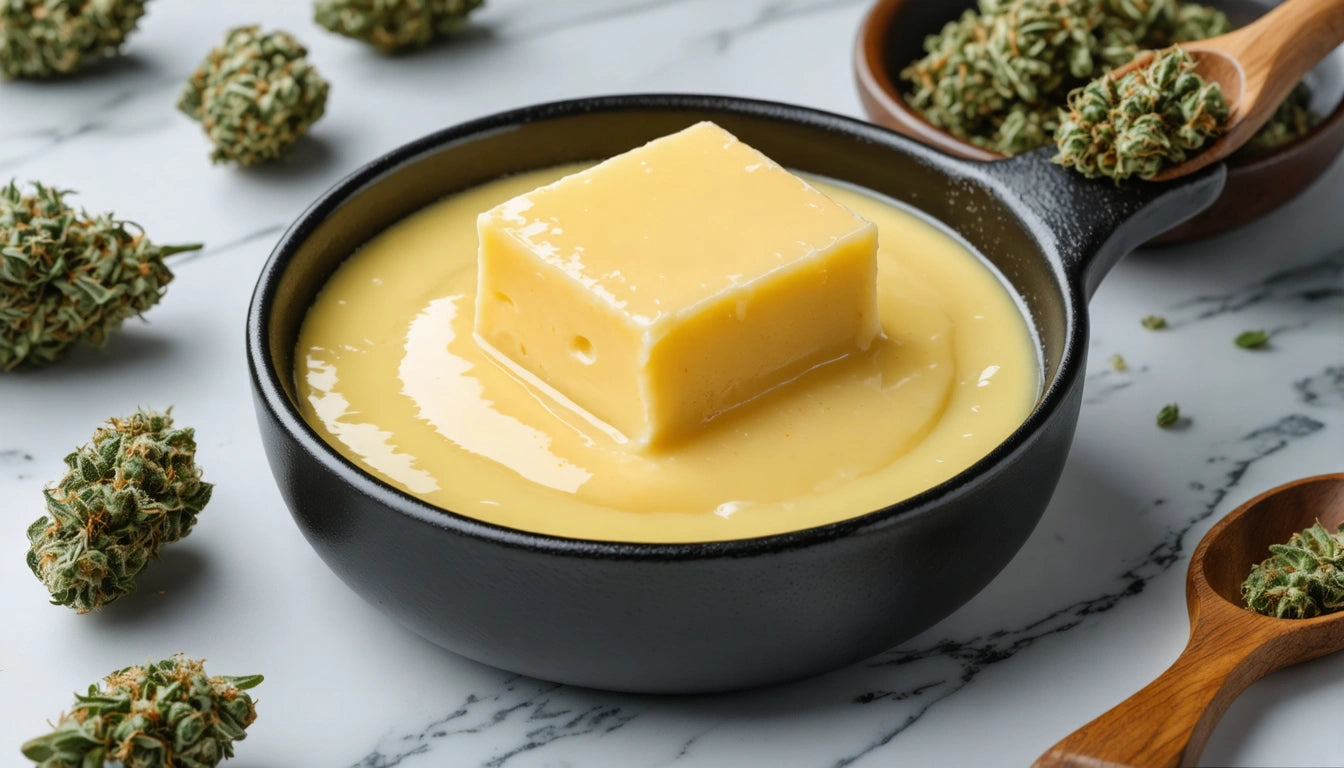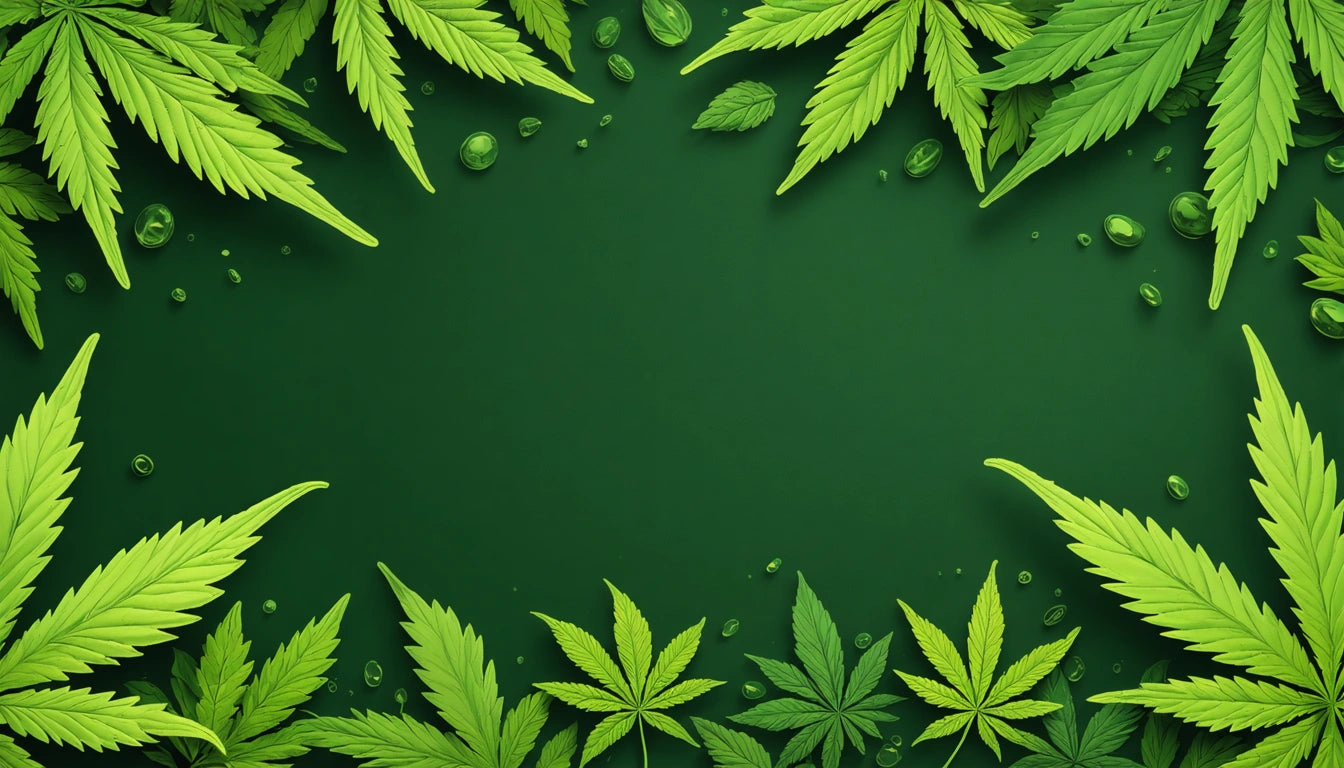Table of Contents
How to Identify Female Weed Seeds: A Comprehensive Guide
For cannabis growers, identifying female weed seeds is a critical skill that directly impacts cultivation success. Female plants produce the coveted buds containing higher concentrations of cannabinoids, making them the primary target for most growers. While visual identification of seeds by sex presents significant challenges, this guide explores both traditional wisdom and scientific approaches to help increase your chances of successful female plant cultivation.
Understanding Cannabis Seed Basics
Cannabis seeds, regardless of their genetic sex, share many similar physical characteristics. A healthy cannabis seed typically has a rounded shape with one end coming to a slight point where it was attached to the plant. The surface features a pattern similar to tiger stripes or a turtle shell, with coloration ranging from light tan to dark brown, sometimes with spots or mottling.
According to our guide on marijuana seeds and seedlings, mature, viable seeds have a waxy coating that gives them a slight shine. They're also firm to the touch and don't crush easily between your fingers.
Visual Characteristics of Female Weed Seeds
Shape and Size Considerations
While some growers claim they can identify female seeds by appearance, scientific evidence supporting these claims remains limited. Nevertheless, certain characteristics are commonly associated with female seeds:
- Rounder, more symmetrical appearance
- Slightly smaller size compared to male seeds
- More pronounced ridge around the crown
- Darker, more uniform coloration
It's important to note that these visual differences are subtle and not foolproof methods of sexing cannabis seeds. Even experienced growers often cannot reliably determine seed sex through visual inspection alone.
Scientific Methods for Seed Sexing
For commercial growers requiring certainty, several scientific approaches exist:
Genetic Testing
PCR (polymerase chain reaction) testing can identify plant sex chromosomes with high accuracy. This method requires specialized equipment but provides definitive results before germination.
Feminized Seeds
Rather than identifying female seeds, many growers opt to purchase feminized seeds, which are genetically modified to produce female plants with approximately 99% reliability. These seeds eliminate much of the guesswork in cannabis cultivation.
When working with large quantities of seeds, our specialized seed handling equipment can help streamline the sorting and planting process, especially for commercial operations managing feminized seed inventory.
Identifying Female Plants: Early Growth Indicators
Since seed sexing remains challenging, most growers focus on identifying female plants during the early growth stages:
Pre-flowering Indicators
As explained in our complete guide on identifying male and female weed plants, female plants typically show their sex 4-6 weeks into the vegetative stage. Look for:
- Small, teardrop-shaped structures with white hair-like pistils emerging from the nodes
- Rounder, more compact pre-flowers compared to male plants
- Absence of pollen sacs that characterize male plants
The presence of pistils (white hairs) is the most definitive sign of a female plant. These structures eventually develop into the resin-rich buds valued for consumption.
Common Misconceptions About Seed Sexing
Several myths persist about identifying female cannabis seeds:
Floating Test Reliability
Some growers believe that female seeds sink while male seeds float in water. This test actually indicates seed viability rather than sex, with healthy seeds sinking regardless of gender.
Color and Pattern Determinants
While differences between male and female cannabis seeds do exist, coloration and pattern variations typically indicate strain genetics and seed maturity rather than sex.
Size as an Indicator
Seed size varies more by strain and growing conditions than by sex. Environmental factors during seed development have greater influence on size than the genetic sex of the seed.
Maximizing Female Seed Success Rates
For growers seeking to increase their proportion of female plants without relying solely on feminized seeds, several strategies can help:
- Control environmental factors during germination, as stress can influence sex expression
- Maintain higher humidity (60-70%) and moderate temperatures (70-75 °F) during early growth
- Provide blue spectrum light during vegetative growth
- Consider using clones from verified female plants for guaranteed female offspring
Understanding seed production in female cannabis plants can also help growers recognize when environmental stress might be causing hermaphroditism, which can compromise a female-only garden.
While visual identification of female weed seeds remains challenging, combining knowledge of plant biology with careful observation during early growth stages gives growers the best chance of cultivating a predominantly female crop. As cannabis cultivation technology advances, more precise methods of early sex determination continue to emerge, promising greater efficiency for both home and commercial growers.











Leave a comment
All comments are moderated before being published.
This site is protected by hCaptcha and the hCaptcha Privacy Policy and Terms of Service apply.